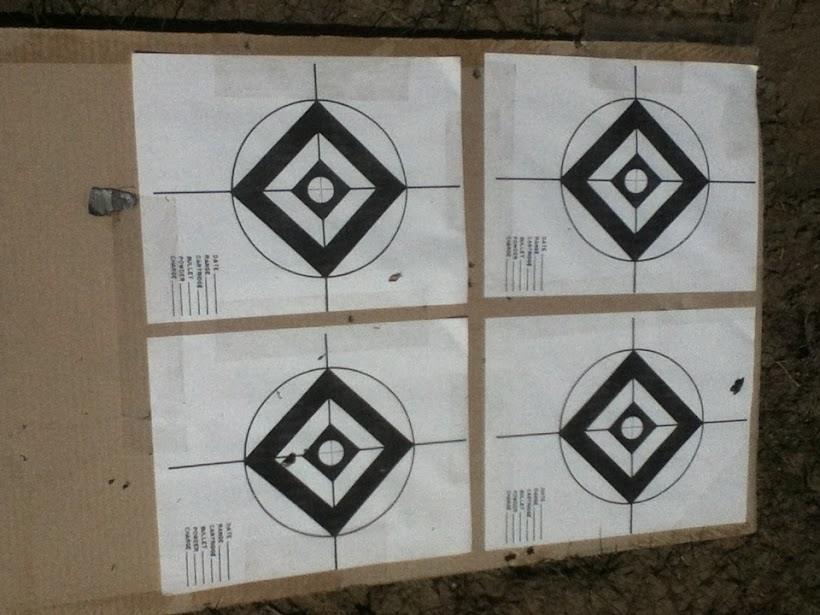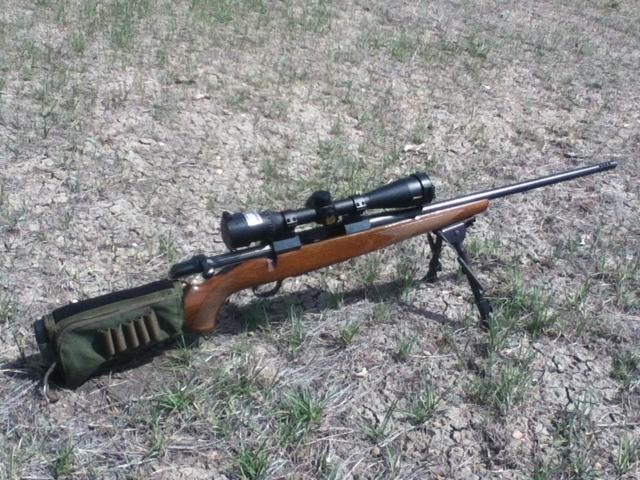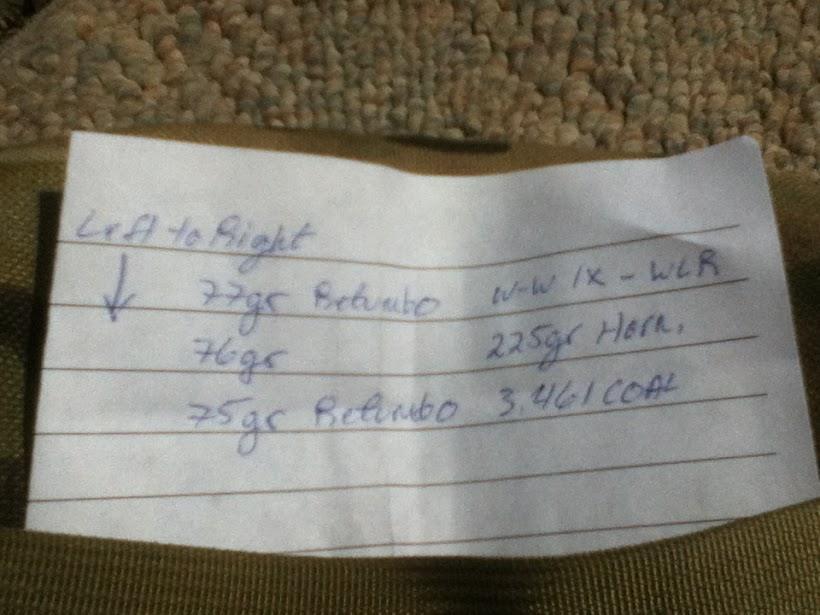cowboyarcher
Well-Known Member
Hi Fellas,
Finally got out to shoot my new to me Browning A-Bolt in 300 Win Mag. I had hopes of making this a good, light weight, mid to long range hunting rifle so when I found a screaming deal on some 225 gr Hornady BTHP's I jumped on them and loaded them over 75, 76 and 77 gr of Retumbo and headed out to test them out. COAL was 3.461" average and they were loaded in 1x W-W Super cases w/WLR primers.
I was shooting at the lower left target (8.5x11 paper each) and you can see what appears to be impact from debris (first shot was a big puff of dirt in front of the target) and then two long holes in each of the right targets. Are these tumbling and not stabilizing? I only shot the 3x of 75 gr given what I saw on target.
The only other load I a had on hand was a 150 SGK over a light load of 760 just to sight with. They printed normally and in about a 2" group.
Thanks for the help as always and God bless you all,
Adam
Here are some photos:



Finally got out to shoot my new to me Browning A-Bolt in 300 Win Mag. I had hopes of making this a good, light weight, mid to long range hunting rifle so when I found a screaming deal on some 225 gr Hornady BTHP's I jumped on them and loaded them over 75, 76 and 77 gr of Retumbo and headed out to test them out. COAL was 3.461" average and they were loaded in 1x W-W Super cases w/WLR primers.
I was shooting at the lower left target (8.5x11 paper each) and you can see what appears to be impact from debris (first shot was a big puff of dirt in front of the target) and then two long holes in each of the right targets. Are these tumbling and not stabilizing? I only shot the 3x of 75 gr given what I saw on target.
The only other load I a had on hand was a 150 SGK over a light load of 760 just to sight with. They printed normally and in about a 2" group.
Thanks for the help as always and God bless you all,
Adam
Here are some photos:
